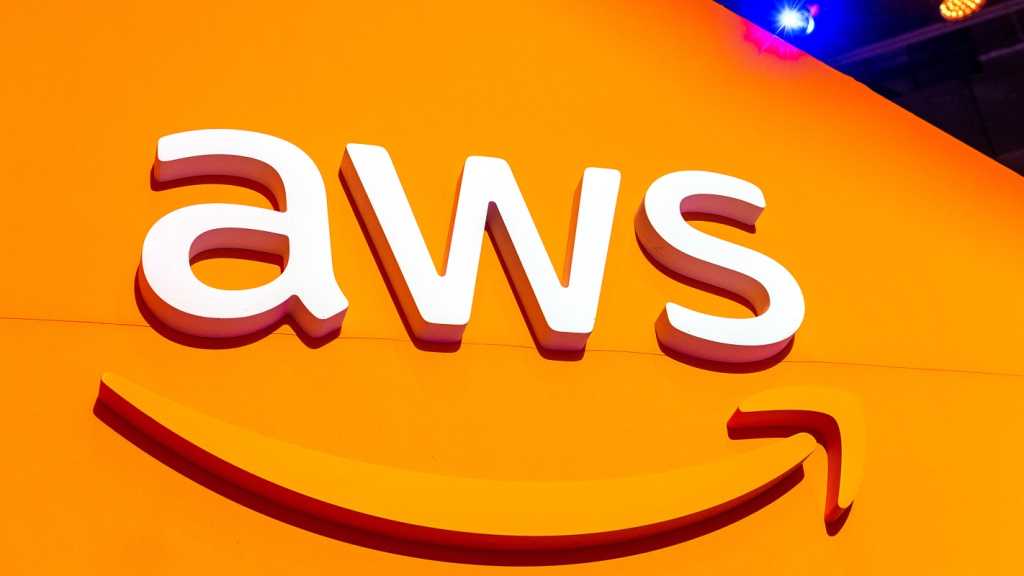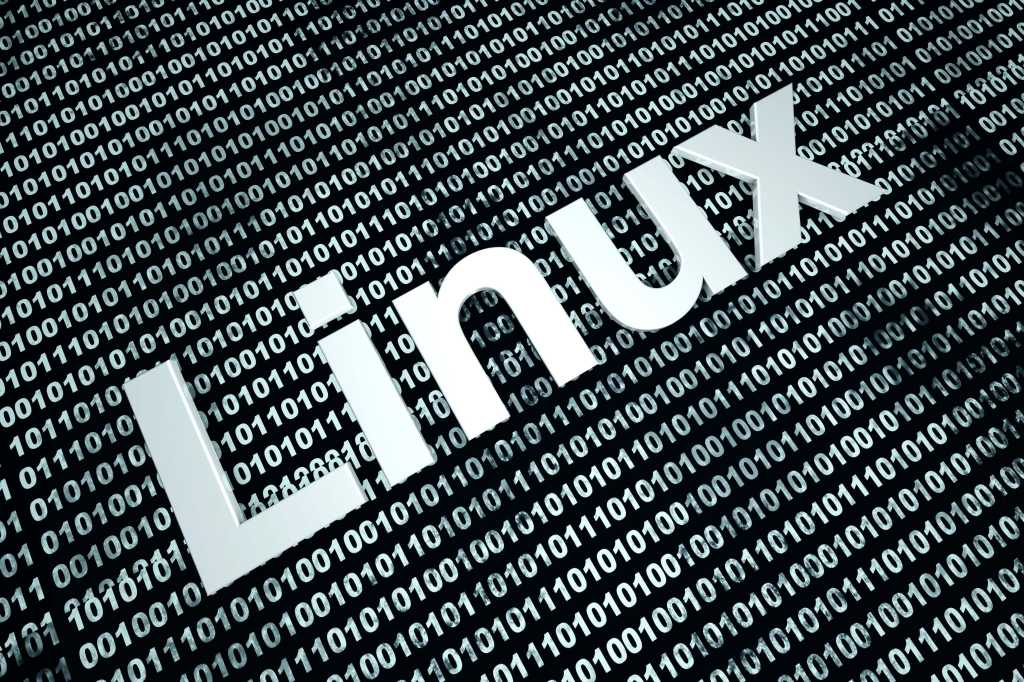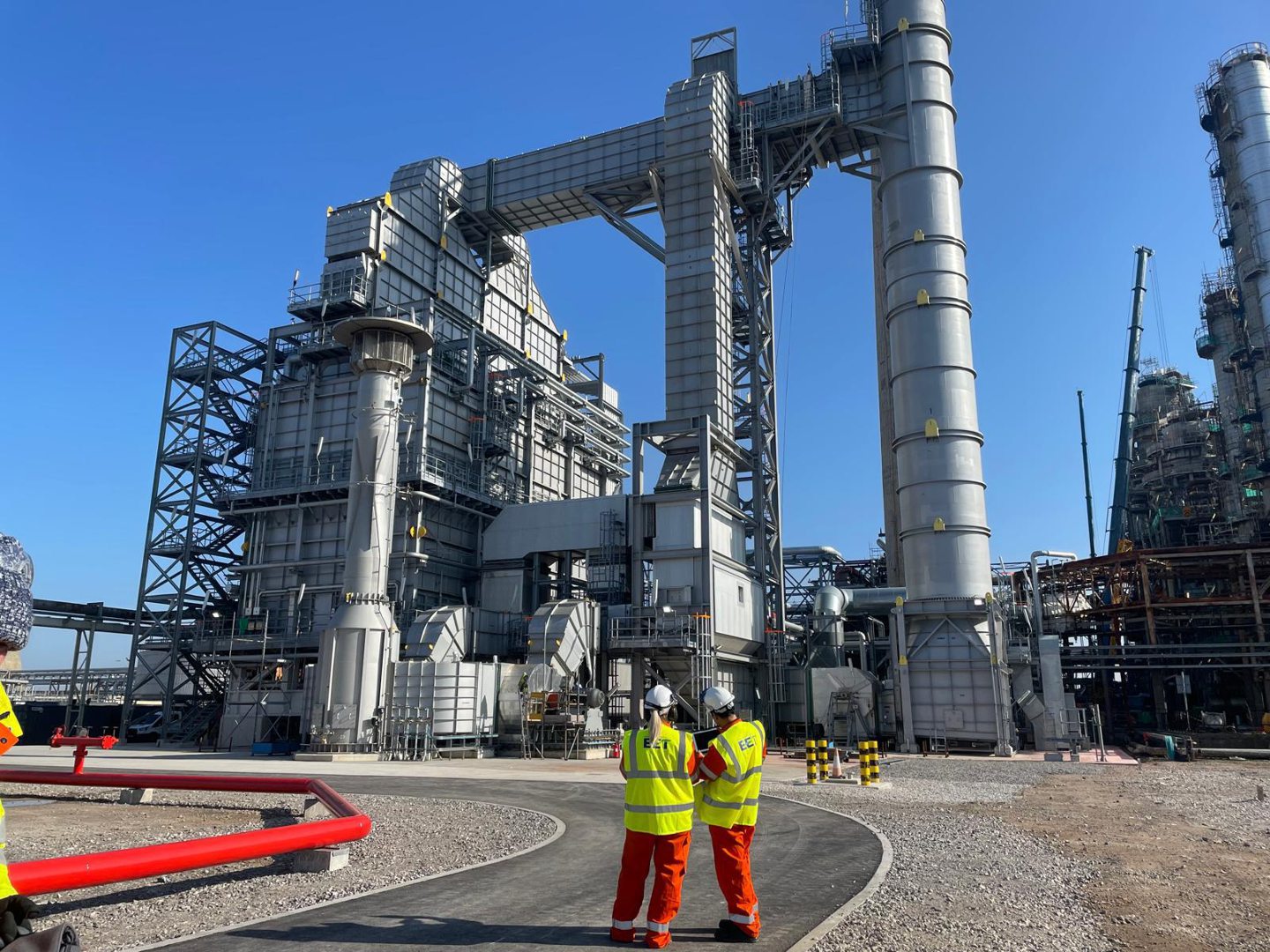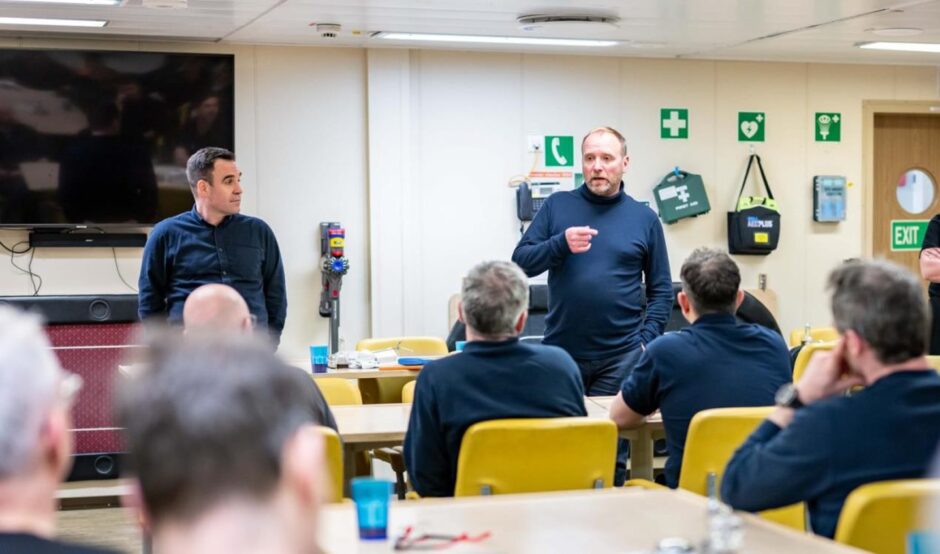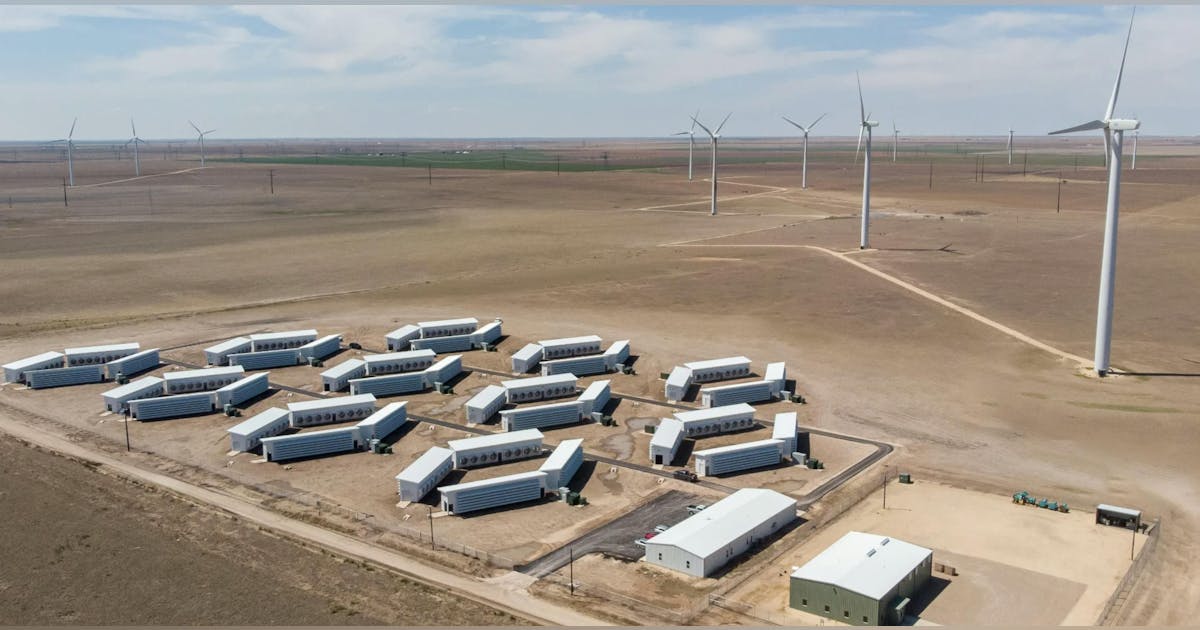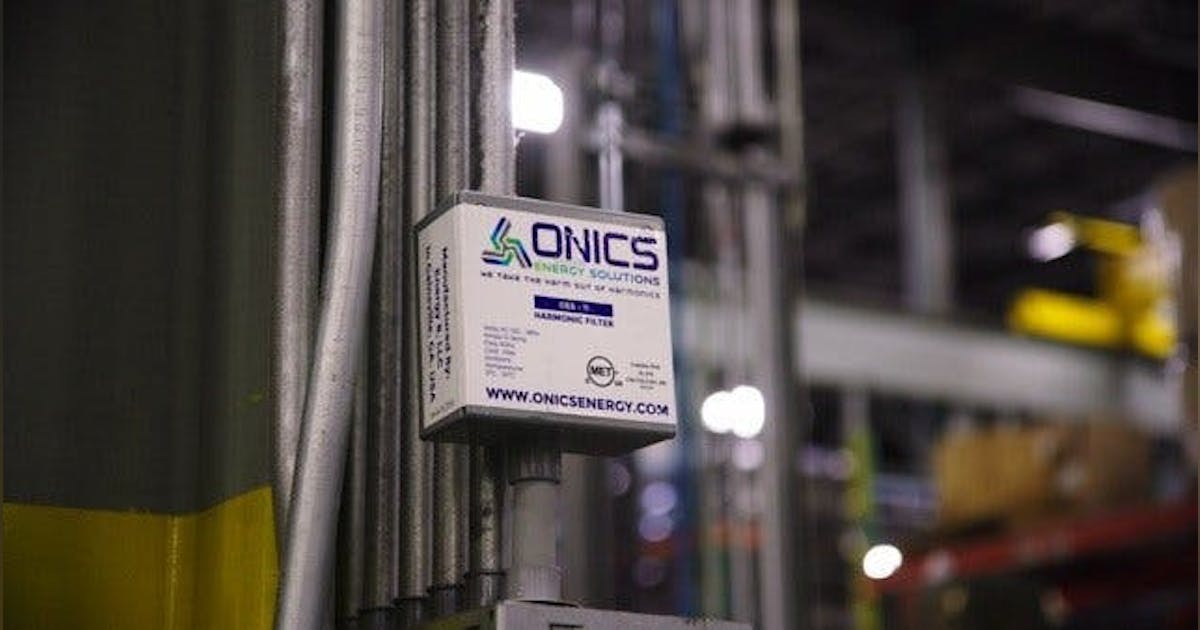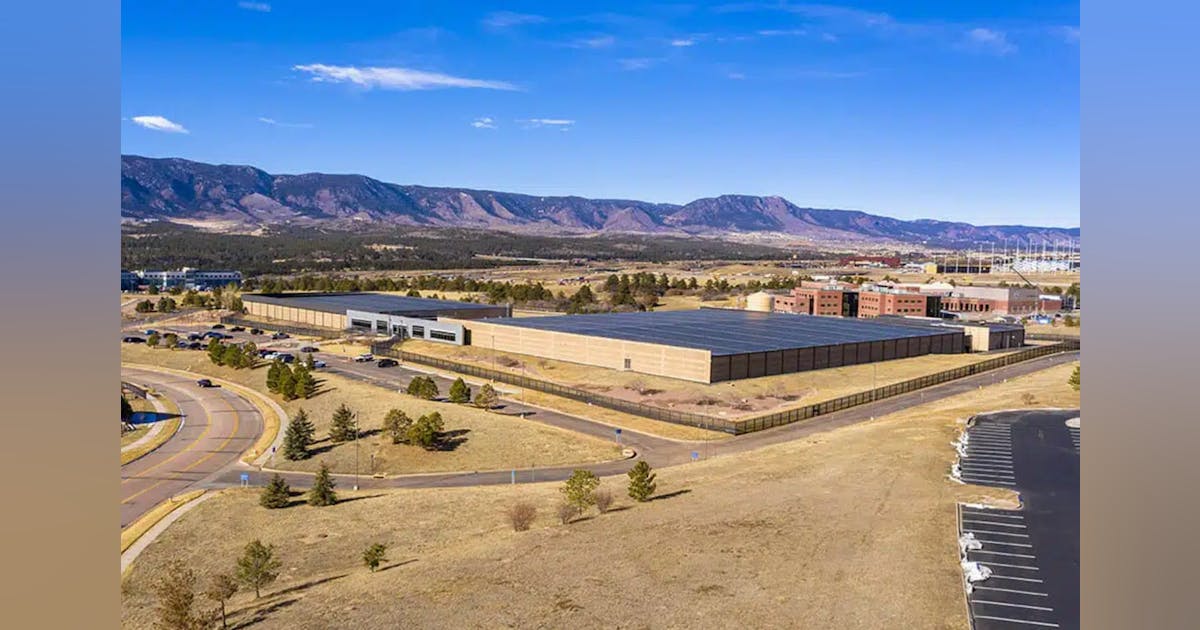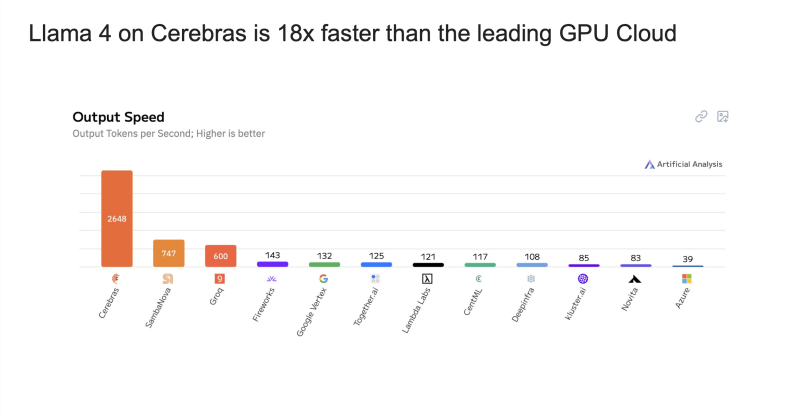More than half of respondents to Scottish Renewables’ supply chain report said that domestic market conditions are making it more difficult to win work.
Of those who answered the trade body’s questions, 60% did not think that the UK and Scottish governments are enabling the right market conditions for Scottish businesses to compete and secure contracts.
This response was seen as “concerning” by Scottish Renewables’ director of energy transition and supply chain, Emma Harrick.
She said: “If we want to unlock the full potential of this industry, that gap must be addressed.
“And if we’re serious about delivering on our clean power potential and building a world-leading green economy, we need to think bigger than we ever have before.
“This means urgently delivering an economic environment that maximises the entrepreneurial spirit of our clean power supply chain.”
 © Mhairi Edwards
© Mhairi EdwardsIn addition to this, 64% of those who answered Scottish Renewables’ questions said that project pipeline uncertainty within the renewables market is a significant barrier to scaling up their businesses.
However, 36% said that “pipeline uncertainty does slow down progress but we are adapting”.
Policy uncertainty was also reported as the biggest “challenge” facing Scotland’s renewable energy supply chain.
“Navigating policy changes and regulatory uncertainties” was voted on by 36% of respondents as the “most pressing” issue facing their business.
Securing enough “skilled talent for the growing industry” was the second biggest challenge at 28%, while 24% listed supply chain bottlenecks and materials shortages, and 12% mentioned attracting sufficient investment to “meet project demands”.
More needed to crack supply chain ‘conundrum’
At a recent Aberdeen event, Scottish Renewables chief executive Claire Mack said that the green energy sector “has yet to crack the conundrum of how to drive investment” to the supply chain.
Mack explained: “The pipeline of projects, while plentiful, is still not providing certainty or bankable contracts and commitments to allow you to call off and reserve capacity to make firm plans on staffing and training to build capability, or to buy land and kit to expand your own operations.”
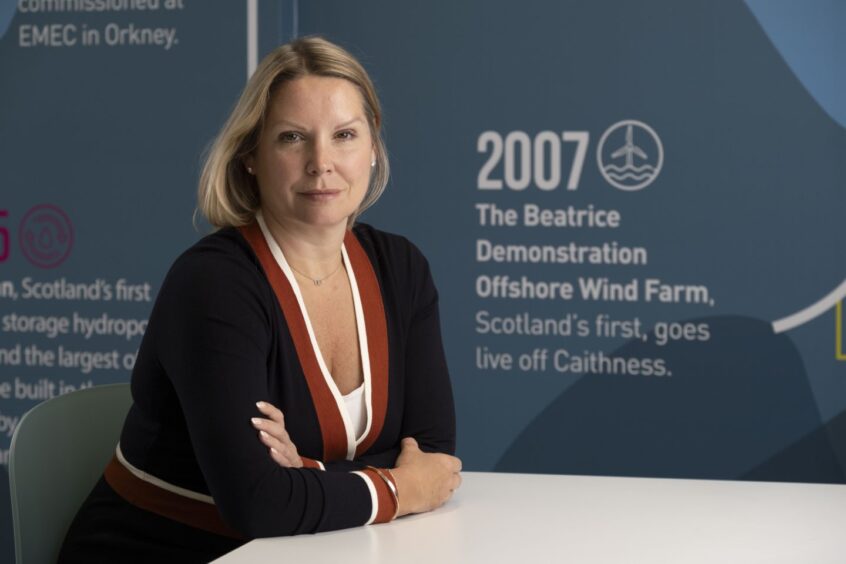 © Supplied by Scottish Renewables
© Supplied by Scottish RenewablesInternational pressures have been raised as a concern for those in the UK’s supply chain frequently in recent years, with Aberdeen’s Belmar Engineering liquidator MHA listing the issue as one of the reasons for the firm closing its doors this month.
In response to this news, Nexos managing director for offshore Derek Mitchell said: “It’s another stark reminder of the challenges facing the local manufacturing sector in Aberdeen—and more broadly across the UK—as businesses continue to navigate high operational costs and the challenging pace of the energy transition.”
Majority of renewables suppliers to invest in facilities and people this decade
Despite the challenges facing suppliers in the renewable energy market, the majority of respondents also claimed to be investing in skills, capabilities and facilities across Scotland.
Scottish Renewables reported 64% of firms are investing in delivering work in the green energy space over the next “three to five years”.
To this, Harrick added: “It’s promising to see that nearly two-thirds of supply chain businesses are preparing to invest in strengthening their clean energy capabilities over the next five years and it’s clear that our renewable energy industry isn’t just growing – it’s becoming the engine of Scotland’s future economy, with businesses recognising it as the country’s biggest economic opportunity.”
Scottish renewables supply chain
 © Supplied by Scottish Renewables
© Supplied by Scottish RenewablesOrganisations representing more than 9,700 jobs took part in a questionnaire which informed Scottish Renewables’ latest Supply Chain Impact Statement.
A total of 39 organisations took part, including Kintore-based engineering firm Pier Solutions and the north-east’s Montrose Port.
Port of Montrose was recently acknowledged in the Scottish parliament for its Plug Montrose initiative, Scotland’s first large-scale shore power facility, which supplies green power to offshore energy vessels through the site’s electricity grid.
Alongside the north-east businesses were Glasgow solar and battery firm Emtec Energy, Edinburgh’s green energy engineering design and consultancy business Quoceant and Paisley-based blade repair organisation 1StopWind, alongside others.
Harrick commented: “This year’s edition of the Supply Chain Impact Statement represents more than 9,700 jobs and offers a clear view of how project developers are actively collaborating with and investing in local supply chain partners, from cutting-edge start-ups and SMEs to well-established firms.”

